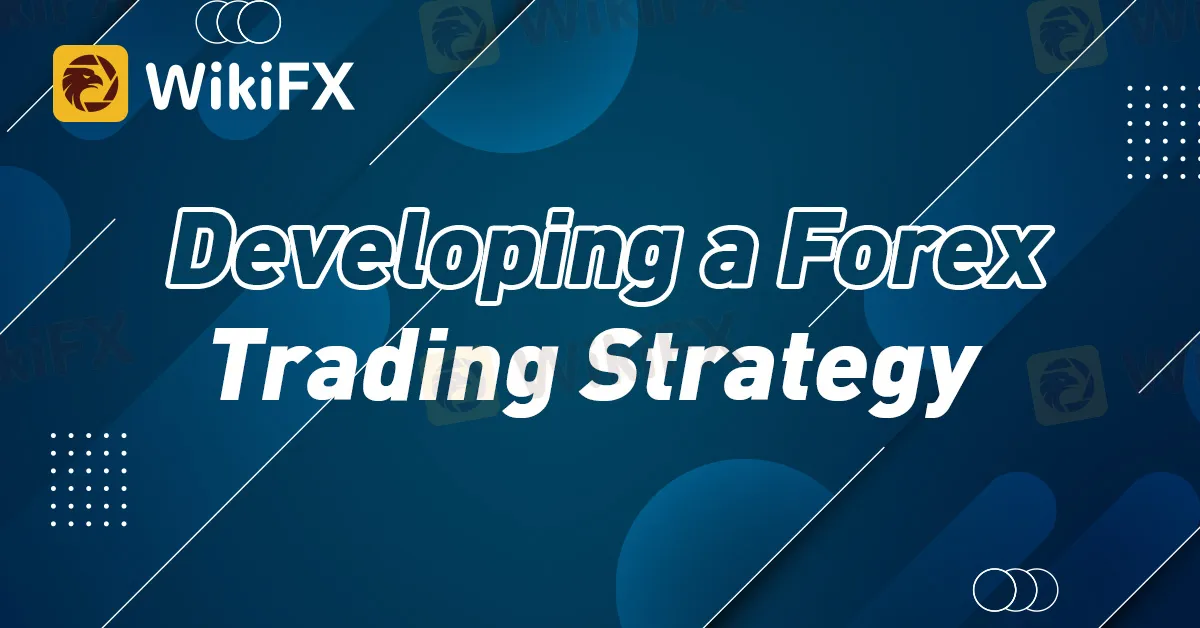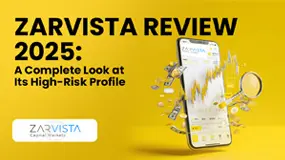Gold Outlook: Record Highs Test Momentum Into Year-End
Gold reached its latest record high during quiet trade on Monday. The question for traders now is whether it can sustain momentum into the year end with depleting volumes.
简体中文
繁體中文
English
Pусский
日本語
ภาษาไทย
Tiếng Việt
Bahasa Indonesia
Español
हिन्दी
Filippiiniläinen
Français
Deutsch
Português
Türkçe
한국어
العربية
Abstract:Foreign exchange, or Forex, trading is the buying and selling of currencies with the aim of making a profit from the price fluctuations. As one of the largest financial markets in the world, Forex trading has become increasingly popular in South Africa. However, to succeed as a Forex trader, it is essential to have a well-developed trading strategy. In this article, we will discuss how to develop a Forex trading strategy in South Africa and introduce you to a helpful resource called WikiFX.

Foreign exchange, or Forex, trading is the buying and selling of currencies with the aim of making a profit from the price fluctuations. As one of the largest financial markets in the world, Forex trading has become increasingly popular in South Africa. However, to succeed as a Forex trader, it is essential to have a well-developed trading strategy. In this article, we will discuss how to develop a Forex trading strategy in South Africa and introduce you to a helpful resource called WikiFX.
Step 1: Choose a Trading Style
The first step in developing a Forex trading strategy is to choose a trading style that suits your personality, risk tolerance, and goals. The most common trading styles are day trading, swing trading, and position trading. Day trading involves opening and closing trades within a day, while swing trading involves holding trades for a few days or weeks. Position trading, on the other hand, involves holding trades for months or even years.
Step 2: Analyze the Market
The second step is to analyze the Forex market to identify potential trading opportunities. This can be done using technical analysis, fundamental analysis, or a combination of both. Technical analysis involves studying past price movements and identifying patterns that can be used to predict future price movements. Fundamental analysis, on the other hand, involves analyzing economic, political, and social factors that can affect the value of a currency.
Step 3: Develop a Trading Plan
Once you have identified potential trading opportunities, the next step is to develop a trading plan. This should include entry and exit points, stop loss and take profit levels, and risk management strategies. It is essential to stick to your trading plan and avoid making impulsive decisions based on emotions.
Step 4: Backtest Your Strategy
Before using your trading strategy in a live market, it is crucial to backtest it using historical data. This will help you identify any weaknesses in your strategy and refine it for better results. Backtesting can be done using specialized software or manually.
Step 5: Monitor and Adjust Your Strategy
Once you start using your trading strategy in a live market, it is essential to monitor its performance and adjust it if necessary. Forex trading is a dynamic market, and what works today may not work tomorrow. Regularly reviewing and adjusting your strategy will help you stay ahead of the game.
Introducing WikiFX
WikiFX is a comprehensive Forex broker database that provides information on regulated brokers worldwide. It also includes user reviews and ratings, making it easier for traders to choose a reliable broker. Additionally, WikiFX offers a range of educational resources, including trading strategies, market analysis, and trading psychology. You can access WikiFX online, and it is completely free to use.
In conclusion, developing a Forex trading strategy in South Africa requires careful analysis, planning, and testing. By following the steps outlined in this article, you can develop a strategy that suits your trading style and helps you achieve your financial goals. Additionally, resources like WikiFX can provide valuable information and tools to support your trading journey.

Disclaimer:
The views in this article only represent the author's personal views, and do not constitute investment advice on this platform. This platform does not guarantee the accuracy, completeness and timeliness of the information in the article, and will not be liable for any loss caused by the use of or reliance on the information in the article.

Gold reached its latest record high during quiet trade on Monday. The question for traders now is whether it can sustain momentum into the year end with depleting volumes.

The year 2026 is expected to be a period of high volatility in the forex market, which from an astrological perspective is viewed as an opportunity for traders who maintain discipline and manage risk effectively. Four zodiac signs stand out in terms of financial prospects: Cancer, which is well suited for long-term trading; Aries, which favors short-term trading but requires strong emotional control; Taurus, which shows strength in generating supplementary income within the trading industry; and Libra, which is best aligned with systematic, rule-based trading. However, astrology serves only as a psychological support tool. True success in trading ultimately depends on a trader’s planning, discipline, and risk management rather than luck alone.

With the year ending and 2026 just around the corner, here comes the golden question: are you profitable this year? If not, this article is a must-read!

ZarVista changed its name from ZaraFX in September 2024. It claims to be a worldwide broker offering various services. It offers the popular MetaTrader 5 (MT5) platform, high leverage of up to 1:500, and various account types tailored to different traders. However, when we look closer, we find many serious risks that anyone thinking about using it should know about. The main problem is how it's regulated - it operates in offshore locations that don't watch financial companies very closely. This gets worse when you add the many user complaints about problems getting their money out, plus a serious legal investigation by Indian authorities in 2025. This review will break down these problems and give you a clear picture of this broker. You need to do careful research, and we suggest you check any broker's current regulatory status and user reviews yourself. A tool like WikiFX can give you current information and important risk warnings.
